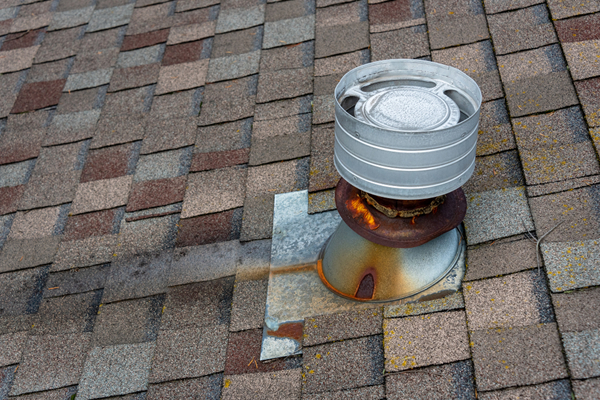Why Is Attic Ventilation Important?
Author: Sheryll Poe | April 7, 2021
Countless online articles explain the importance of attic ventilation to homeowners, but why is attic ventilation important for contractors and roofing professionals? How should they install ventilation correctly as part of a whole roof system? Brush up on a few key tips and some new products to help ensure a smooth and secure ventilation project.

Planning an Effective Ventilation System
Attic ventilation serves three primary purposes: keeping the attic cool, removing moisture and preventing ice dams in the winter. To ensure proper ventilation, a contractor needs to install a balanced system of intake and exhaust vents that allow excess heat and moisture to escape from the attic. Ventilation systems can either be powered (with power fans and solar power roof vents) or passive (with ridge ventilation and static roof vents in soffits or gables).
A contractor calculates the proper amount of ventilation using the square footage of the attic space. The U.S. Federal Housing Authority mandates one square foot of ventilation for every 300 square feet of floor area; the International Residential Building Code suggests one square foot of ventilation for every 150 square feet of floor space. Some sources advise that this ventilation should be divided evenly between intake and exhaust, but others suggest having more intake vents. Use your best judgment, and consider factors like the local climate and any current ventilation problems in the home.
Ventilating a New Roof vs. Ventilating During Repairs
When an attic ventilation system is installed as part of a full roof replacement, it can significantly extend the roof's life, making ventilation a sound investment for homeowners. As a practical feature that can protect their home inside and outside, ventilation should be an easy sell for most customers.
If a contractor notices there aren't enough intake and exhaust vents in place during a roof repair job, they can recommend adding more. According to Roofing Contractor Magazine, the homeowner's insurance will cover the costs of an upgrade in many cases, particularly when a contractor can prove that the existing attic ventilation system doesn't meet current minimum local code standards. A job may also be covered if inadequate ventilation compromises the shingle warranty standards, or doesn't comply with the vent manufacturer's recommended installation instructions for a balanced system of intake and exhaust vents.
Pitfalls to Avoid During Installation
One of the most common mistakes a contractor might make during an attic ventilation installation is failing to balance the intake and exhaust vents properly. The shape of a roof — such as a home with cathedral ceilings or no roof overhang — may make placing intake and exhaust vents difficult, or a customer may pressure a contractor to make vents less visible.
Inadequate intake ventilation, however, causes more air to be sucked from inside the building, sapping a home's heat and possibly stirring up mold particles from basements and crawl spaces. Contractors should always check the intake-outlet ratio of a planned ventilation setup.
Don't ignore cracked or leaking vents during a repair job. Vents must be sealed and flashed properly in order to perform well. Advise your customers to call you at the first sign of minor damage to a vent or flashing to nip any problems in the bud.
TRI-BUILT Roof Ventilation Solutions
For access to top-of-the-line materials right at your fingertips, contractors and roofing professionals can trust Beacon Roofing Supply's TRI-BUILT as a resource and potential partner.
TRI-BUILT offers a complete line of attic ventilation products to ensure an efficient and reliable ventilation install, including everything from power fans and solar power roof vents to static roof vents and turbines. TRI-BUILT roof ventilation products help keep attics cool during summer and reduce moisture.
Why is attic ventilation important? TRI-BUILT and Beacon Roofing know the answer. Keep up with the latest residential roofing solutions so you can be ready for any ventilation questions your customers might throw at you.